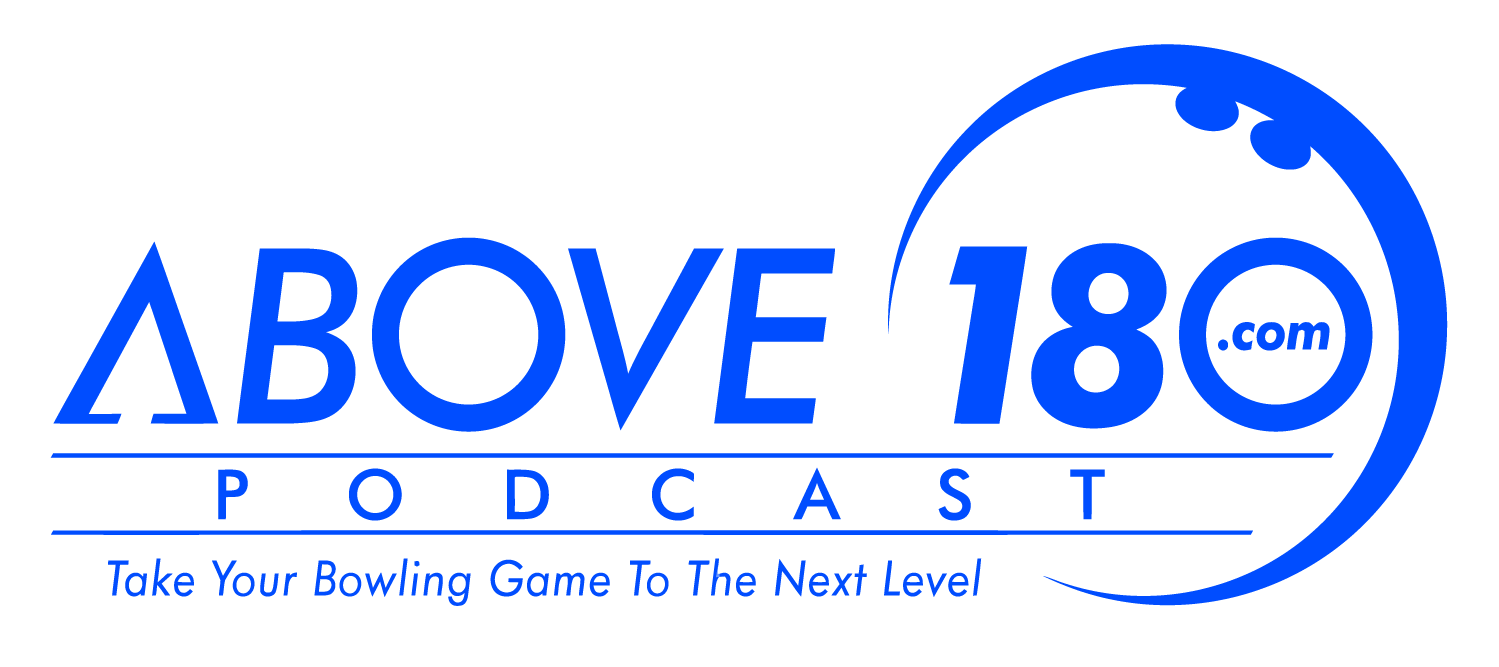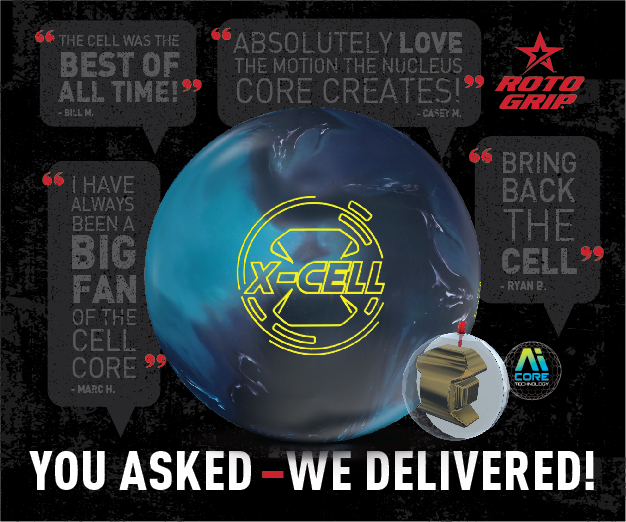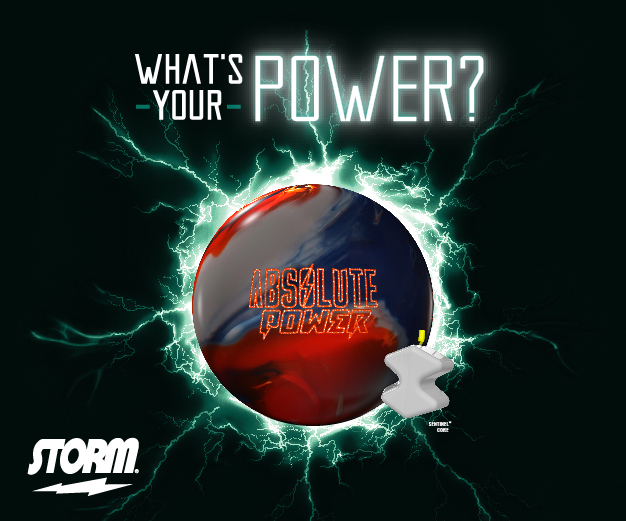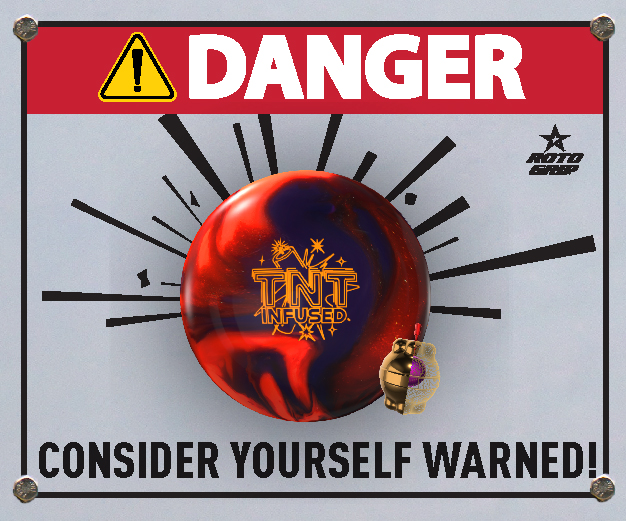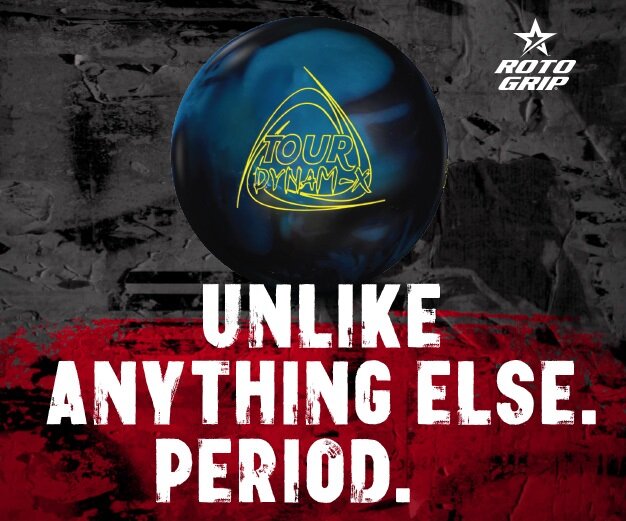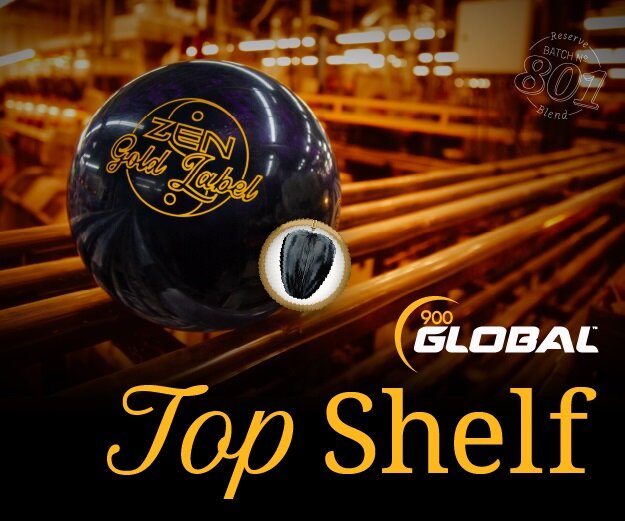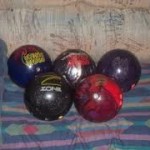 Let’s circle the wagons and bring in the cavalry….
Let’s circle the wagons and bring in the cavalry….
Setting up an effective bowling ball arsenal can be a three headed monster for many. It’s very challenging, expensive and time consuming to create a mix of varying yet effective ball reactions.
First off, most bowlers will simply be adding a few select pieces of the puzzle as opposed to starting fresh with all new nuggets. When the first scenario applies its paramount to have a thorough understanding of one’s current arsenal. We need to know each ball’s range and expected line of use. For those using many of these concurrently in regular league situations, it’s quite certain we’ll need to pay additional attention in bringing back the performance of some of the more used pieces. Surface refinishing and/or oil removal is extremely important to return any ball close to like-new performance. We all know by now, all reactives are 27” oil soakers regardless of make or price point. These balls pick up anything in their path which includes dirt and grime, not just lane oil. Proper cleaning and surface repair allows these products to roll cleaner through the fronts and have more downlane ball reaction.
Adding to an existing partially filled arsenal should be done in conjunction with a trusted ball driller, do not attempt to do this on your own. Bowler should pay special attention having balls for each of these three lane condition varieties: dry or short oil, medium length and volume, heavy or long oil. I only mention these three basic varieties for simplicity sake, as we all know, there are countless other variations which we may certainly encounter.
For dry or shorter patterns players can use either plastic, urethane, older reactive or a new tame model. An individual player’s physical game will determine which cover and how many of these minimal friction orbs are needed. The best pin distance layouts should be of the longer variety from one’s pap. Higher rev players will often use 5.5 to 6.5” distances. Those with average or lesser rev rates can use slightly stronger (3.5 to 5”) pin distances if they prefer. The reasoning behind the longer pin distances is it reduces track flare thus creating easier length and preserving pin hitting energy. Balls with higher RG ratings will also come into play when friction is ever present. Most players will prefer smooth and polished surface as well as this lessens early friction.
Medium oil patterns are potentially the most challenging as they are often the most commonly found in league and tournament play. Bowler ball choices are sure to constantly change as lanes go through their many transitional phases. Oil will deplete from the front and mid portion of the lane and sometimes carry down toward the pins. This transition can zap balls energy and decrease hitting power quickly. How often do we see a bowler start out with a 230+ in game one and then struggle to shoot 180 in game two? Fact is, we all have a difficult time switching balls after a good score, but there are time we must. For most medium patterns players can use a multitude of mid and high performance products. Layouts can vary from early and high flaring to late and minimal flaring choices. Coverstocks used can also be from each major food group: pearl reactive, solid reactive, hybrid, solid particle, pearl particle or even hybrid particle. Surface preps will vary dependant on lane surface, ball type, bowler intangibles and chosen angle of entry. Some popular choices would be having a pearl particle, solid reactive and a pearl reactive. Bowlers could have all three with 4” pin distances and vary the location toward the Val (vertical axis line) to help monitor the responsiveness off the friction. A bowler’s arsenal size will often be comprised mostly of mid-reaction balls due to the frequency of use.
Balls designed for the slop, the soup or the floods are also a necessity when friction is scarce. Players will often prepare balls with surfaces which enhance friction. Surfaces such as 320 to 1000 grit are commonly used on longer and heavily oil patterns. This course surface increases friction in the oil and creates an earlier read on the lane. Be forewarned that duller surfaces can also reduce the perceived back end reaction on the lane. Ball choices for oil will often be solid particles and solid reactives. Certain pearl reactives can also perform well but bowler ball speed must match up accordingly. Pin distance layouts are often closer to a bowler’s pap which can enhance fast and early revs. High flaring layouts can be used as well as they create the most amounts of track flare and total hook. Players with higher rev rates though will often use pin distances of 4.5 to 5.5” to help keep the ball straighter on line through the fronts and mids. These longer pin distances, coupled with the correct ball surface, can help keep one’s launch angle more closed allowing for downlane motion.
Conclusion: Bowlers looking for a complete arsenal will need equipment to match up on dry, medium and oilier lane conditions. Lower flaring and tamer coverstocks will work well on lighter patterns. Bowlers will shore up the medium portion of their arsenal the most as this is what is most commonly see. Oilier environments are best served with sanded surfaces and/or higher flaring layouts.
Bowlers should also use the physical tools they posses. We can’t control certain elements when bowling but there are many things we can control. We can adjust our angles to the pocket, vary our loft and speed, use a multitude of hand positions and choose whichever ball we desire from our current arsenal. Someone once said “variety is the spice of life” and this doesn’t just refer to bowling balls.
The information, images, and/or data contained in this website is copyrighted by Joey Cerar of Above 180.com And may not be distributed, modified, reproduced in whole or in part without the prior, handwritten and signed consent of Joey Cerar and Above180.com.
